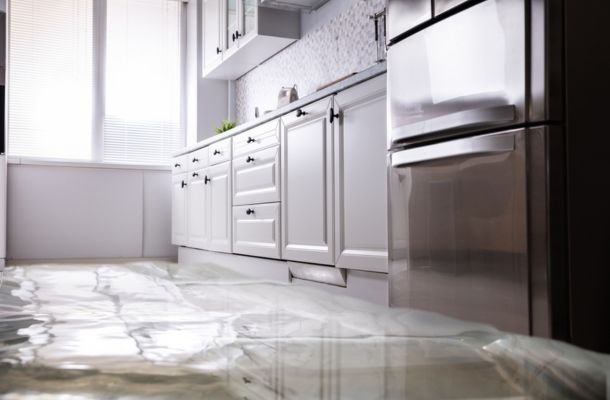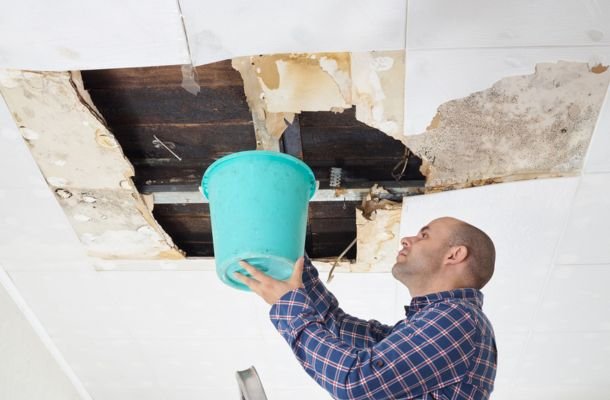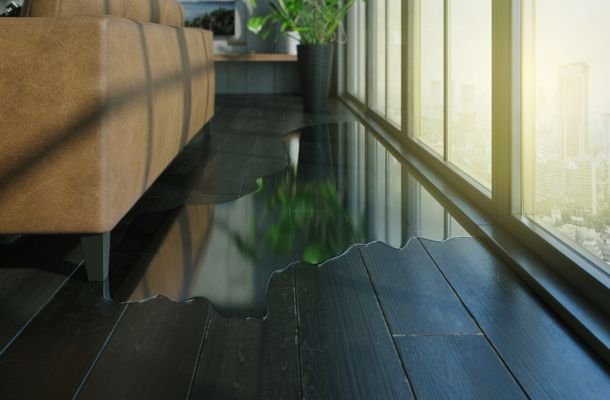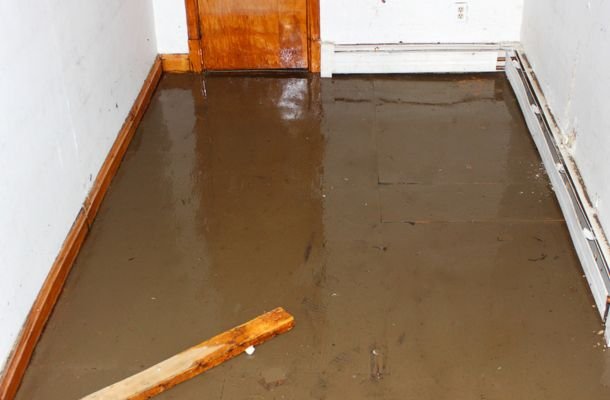Discovering water damage in your home or business can be stressful, but taking the right steps immediately can help minimize the damage and start the recovery process. Here’s what you should do right away:

1. Ensure Safety First
- Turn Off Electricity: If the water damage is extensive, turn off the electricity to the affected areas to prevent electrical hazards. Avoid touching electrical appliances or outlets while standing in water.
- Assess Structural Safety: If there is significant water damage, especially to the ceiling or walls, assess whether the structure is safe. If in doubt, leave the area and contact a professional.
2. Stop the Water Source
- Locate and Stop the Water: Identify the source of the water and stop it if possible. This may involve shutting off the main water supply, fixing a burst pipe, or addressing a leaking appliance.
- Call a Plumber: If you can’t stop the water yourself, contact a plumber or emergency repair service immediately.
3. Document the Damage
- Take Photos and Videos: Document the extent of the water damage before you start cleaning up. This is crucial for insurance purposes and can help you with claims.
- List Damaged Items: Make a detailed list of all damaged items, including furniture, appliances, and personal belongings.
4. Remove Excess Water
- Use a Wet/Dry Vacuum or Mop: If it’s safe to do so, start removing standing water using a wet/dry vacuum or mops. Be cautious not to spread the water to unaffected areas.
- Use Buckets and Towels: For smaller leaks or puddles, use buckets and towels to absorb water.
5. Dry the Area
- Use Fans and Dehumidifiers: Start drying out the affected area as quickly as possible using fans, dehumidifiers, and open windows if weather permits. The faster you dry out the space, the less chance there is for mold to develop.
- Remove Wet Carpets and Rugs: If carpets or rugs are soaked, remove them from the area to dry separately. Leaving them in place can trap moisture and lead to mold growth.
6. Move Belongings to a Dry Area
- Protect Your Belongings: Move furniture, electronics, and other personal items to a dry area to prevent further damage. Place aluminum foil or wood blocks under the legs of furniture to prevent water absorption.
- Separate Damaged from Undamaged Items: This helps you keep track of what needs special attention for cleaning or disposal.
7. Check for Mold
- Inspect for Mold: Mold can start growing within 24 to 48 hours after water damage occurs. Inspect the area for any signs of mold, such as musty odors, discoloration, or fuzzy growths on surfaces.
- Use Protective Gear: If you discover mold, wear protective gear like gloves and a mask when dealing with it. It’s often best to call a professional mold remediation service if the mold is widespread.
8. Contact Your Insurance Company
- File a Claim: Contact your insurance company as soon as possible to report the damage and start the claims process. Provide them with the documentation you gathered (photos, videos, and lists).
- Review Your Policy: Understand what your insurance covers, including the extent of coverage for water damage and the process for filing a claim.

9. Seek Professional Help
- Hire a Water Damage Restoration Company: Consider hiring professionals who specialize in water damage restoration. They have the tools and expertise to thoroughly dry out the area, prevent mold, and restore your property.
- Consult with a Contractor: If the water damage is severe, you may need to consult with a contractor to assess and repair structural damage.
10. Monitor for Ongoing Issues
- Keep an Eye Out for Mold: Continue to monitor the affected area for signs of mold growth, even after it seems dry.
- Watch for Secondary Damage: Be aware of potential secondary damage like warped floors, cracked walls, or lingering moisture that could cause problems later.
Conclusion
Acting quickly and methodically after discovering water damage is crucial to minimize the impact. By following these steps, you can protect your property, reduce the risk of mold, and ensure a smoother recovery process.



